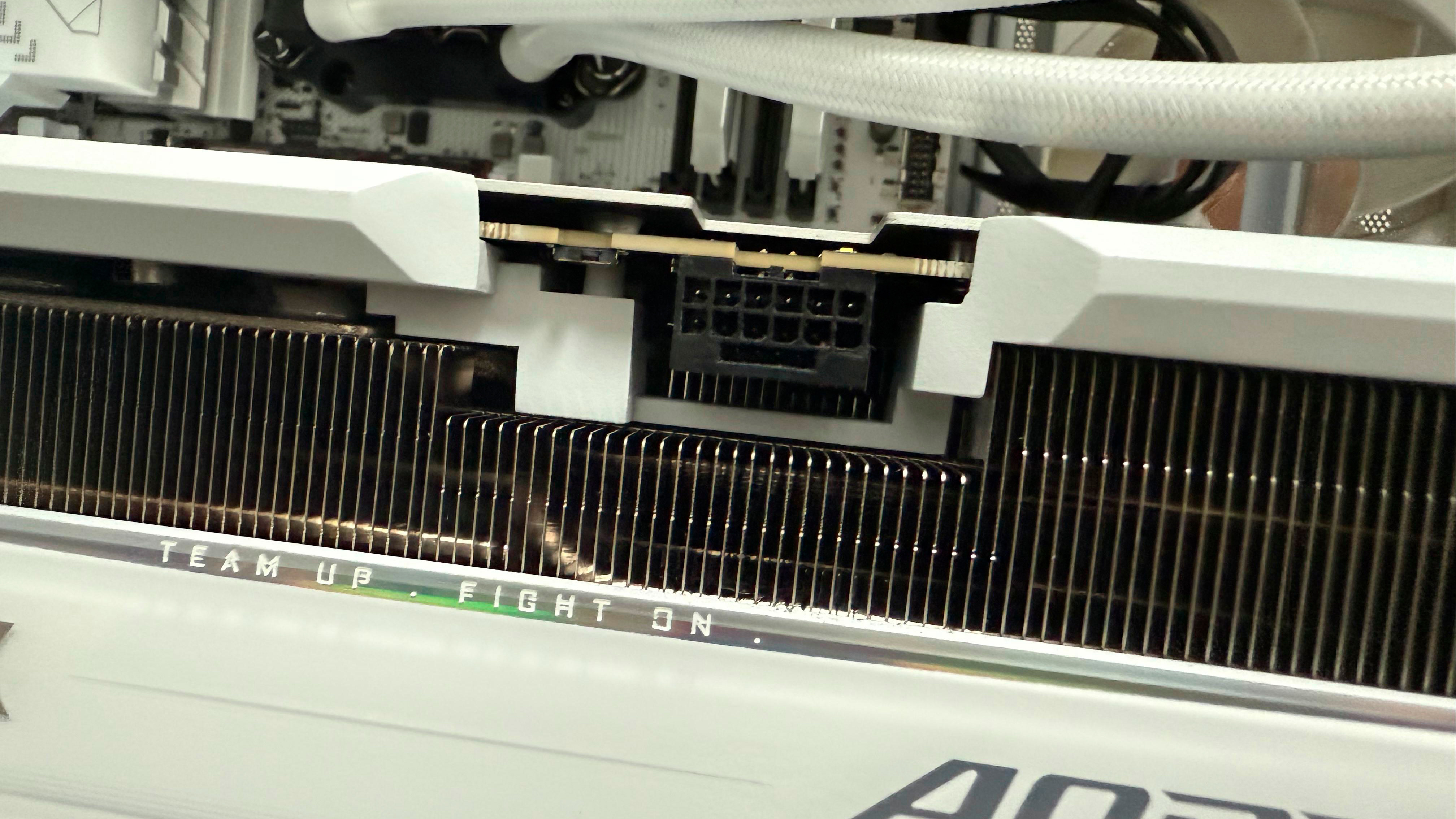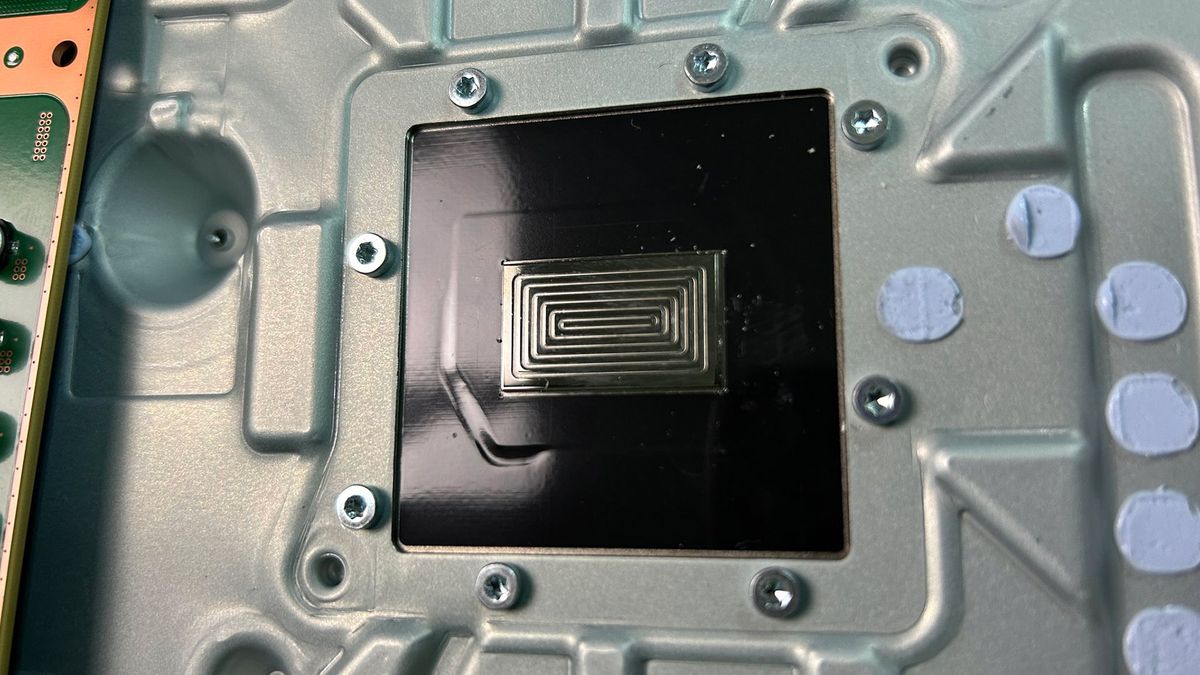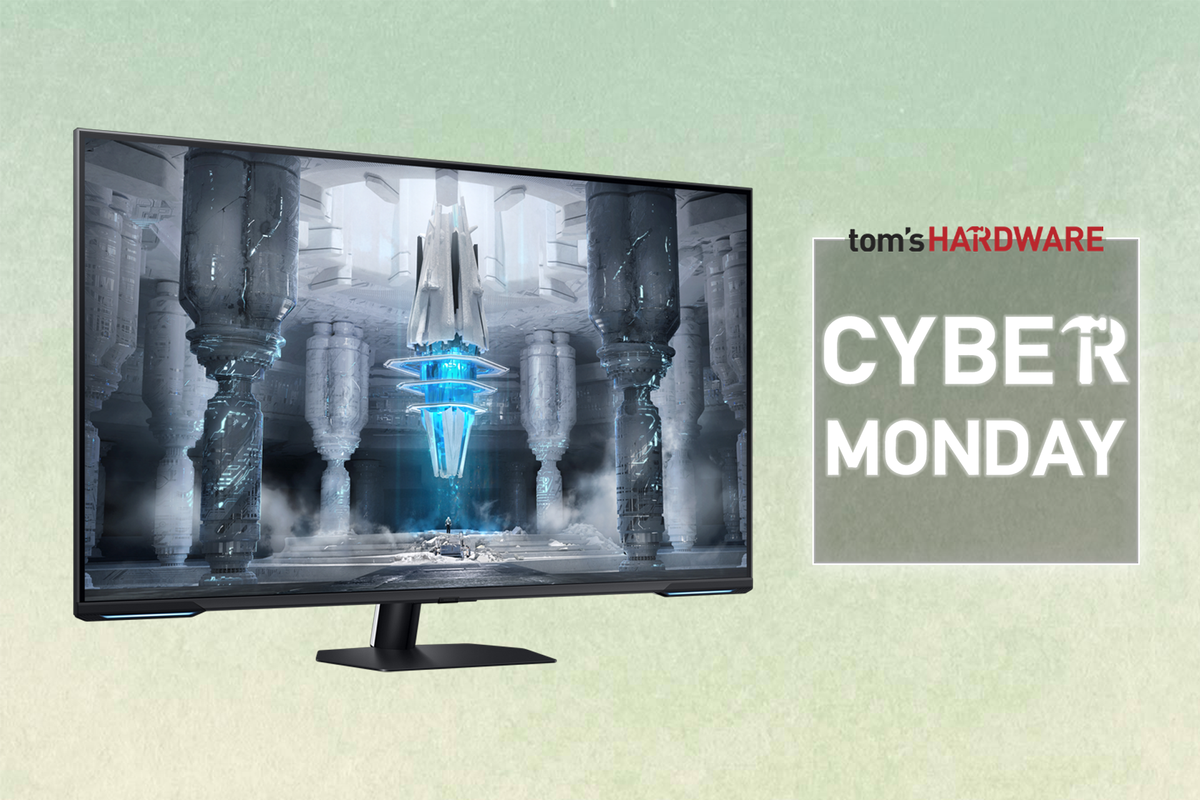The Chinese-exclusive GeForce RTX 5090D, which has the potential to rival the best graphics cards, is the latest Blackwell graphics card to be affected by issues related to 16-pin (12VHPWR) power connector meltdowns. Uniko's Hardware has unearthed two recent instances of the GeForce RTX 5090D with melted 16-pin power connectors, reported on the Baidu Tieba forums.
With the introduction of the revised 12V-2x6 power connector, we had hoped the meltdown issue was behind us. However, doubt still remains since every once in a while, we see a user report pop up on the Internet. While reports of 16-pin power meltdowns have become less frequent, they haven't disappeared entirely. As we've seen, there is no specific incubation period for the meltdowns; it can occur a few days or weeks after the build, or sometimes even years later.
A Baidu Tieba user reported that his Aorus GeForce RTX 5090D Master Ice functioned well for two months before the 16-pin power connector melted. He reportedly used the native 16-pin power cable supplied with his Segotep KL-1250G power supply. Segotep, a well-known Chinese manufacturer, has over two decades of experience under its belt. The KL-1250G is an ATX 3.0 power supply rated at 1,250W and certified for 80 Plus Gold efficiency.
Another forum user recounted his unfortunate experience with his Gainward GeForce RTX 5090D graphics card and an Asus ROG Loki power supply. He did not specify the exact model he possessed but merely stated that he utilized the native 16-pin power cable. In his situation, the 16-pin power connector melted on both the graphics card and the power supply side.
In the first case, forum members criticized the user's Segotep KL-1250G power supply. One participant mentioned that this power supply was frequently associated with the previous GeForce RTX 4090 meltdowns. Although Segotep is an established name in the Chinese market, we cannot vouch for the quality of its products. In the second case, however, the user deployed an Asus ROG Loki unit, so its quality was not in doubt.
There have been many theories about what's causing the 16-pin power connector meltdowns on Nvidia's GeForce RTX 40-series (codenamed Ada Lovelace) and GeForce RTX 50-series (codenamed Blackwell) graphics cards. However, one of the most prominent theories is that Nvidia's revised PCB design for Ada Lovelace and Blackwell has effectively eliminated load sensing and balancing. On the contrary, the older GeForce RTX 30-series (codenamed Ampere) graphics cards had this feature. For this reason, the GeForce RTX 3090 Ti, despite having the same 450W TDP as the GeForce RTX 4090, never suffered from melting connectors.
Follow Tom's Hardware on Google News to get our up-to-date news, analysis, and reviews in your feeds. Make sure to click the Follow button.

 5 months ago
87
5 months ago
87






 English (US) ·
English (US) ·